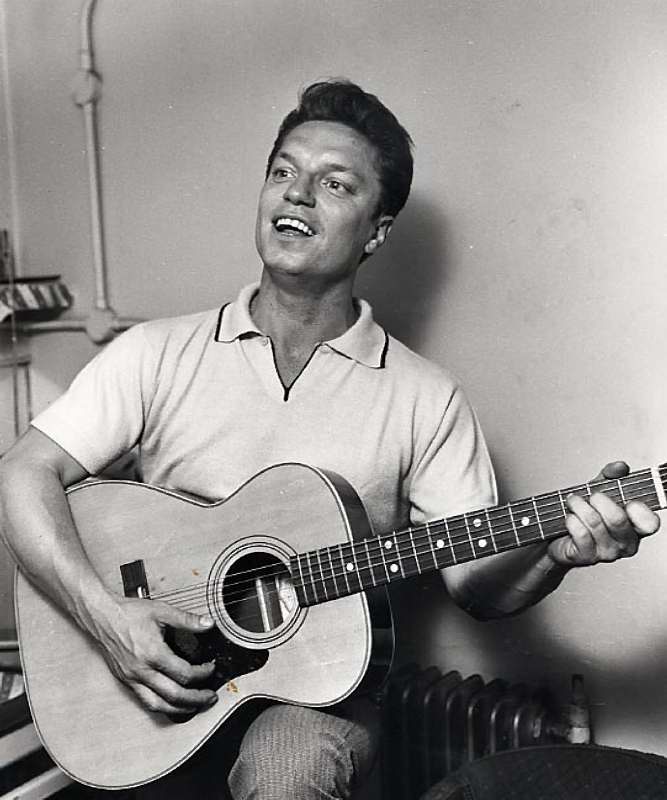This week, we’re celebrating the ‘unluckiest’ chart acts of all time. The four bands/artists with the most Top 10 hits, but without a number one…
Next up… We’re going way back in time, to a man who was present on the very first chart back in 1952.
Nat King Cole – 15 Top 10 hits between 1952 and 1987
‘Pretend’ – #2 in 1953
Pretend you’re happy when you’re blue… Nat’s silky tones wrap themselves around this self-help guide of a song. Not sure many modern-day mental health professionals would recommend simply pretending yourself happy and in love. But folks were made of sterner stuff back in the fifties, and apparently they could just sing themselves happy on demand. Cole may not have a number one single to his name, but chart-toppers like Marvin Gaye, Johnny Preston and Alvin Stardust have recorded versions of ‘Pretend’.
‘Smile’ – #2 in 1954
A year later, Nat was at it again. One word title, reaching #2, insisiting that You’ll find that life is still worthwhile, If you just smile… This one is much better known, to me at least. In fact, if someone asks you to name a ‘classic’, or a ‘standard’, then there’s a chance you might name ‘Smile’. The tune was written by none other than Charlie Chaplin, in 1936, before words were added in the fifties. It’s been covered by everyone from Michael Jackson (his favourite song, apparently), Judy Garland, Michael Buble (obviously) and Lady Gaga.
‘When I Fall in Love’ – reached #2 in 1957, and #4 in 1987
Completing his hattrick of #2s, another classy ballad. Nat King Cole did release uptempo tunes (I love ‘Those Lazy Hazy Crazy Days of Summer‘), but the British public loved him best when he was crooning his heart out. This one, from the movie ‘Istanbul’, tips over into ‘boring’ territory, I’m afraid. But I’m in a minority, it seems, as it also made #4 on rerelease thirty years later. By that time Cole had been dead for two decades – he passed away aged just forty-five, from lung cancer. If he’d lived longer, who knows, he may have been even higher up on this list, or may even have featured in the main countdown…
Nat King Cole might have recorded a version of Michael Jackson’s favourite song, but up next we’ll feature a lady with a slightly more concrete link to the King of Pop…














